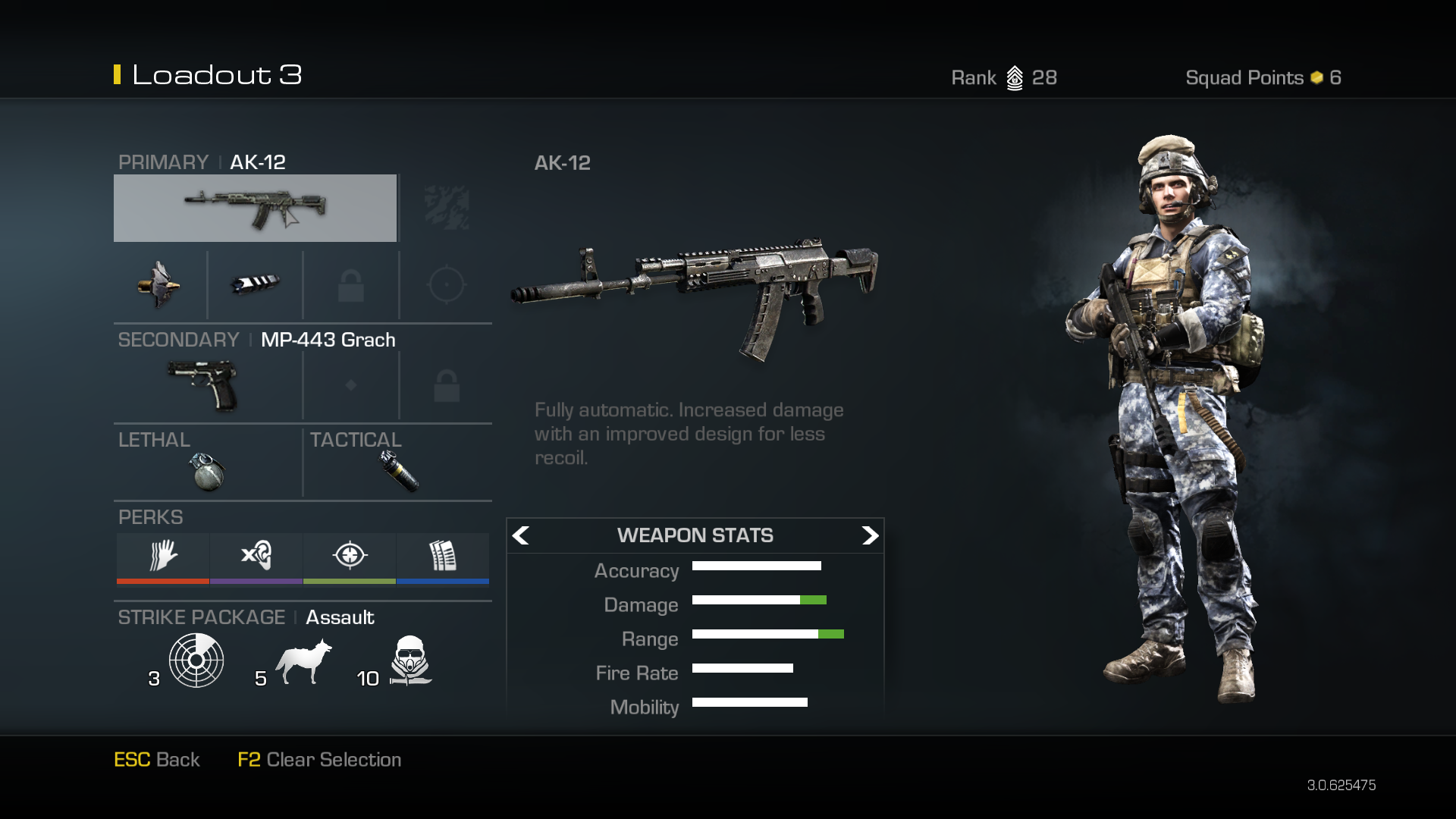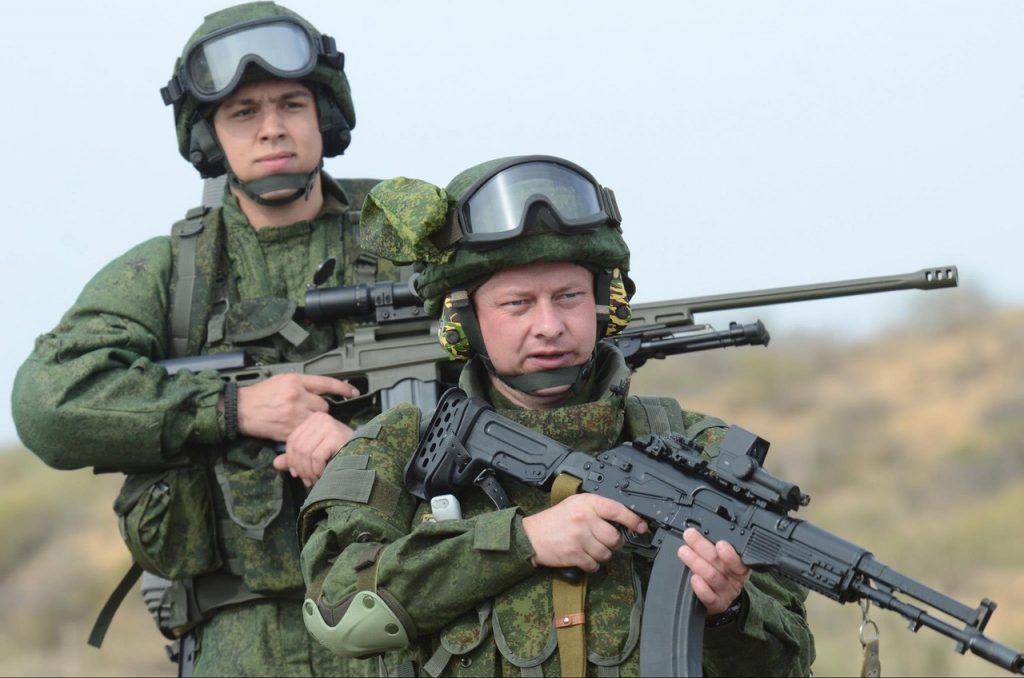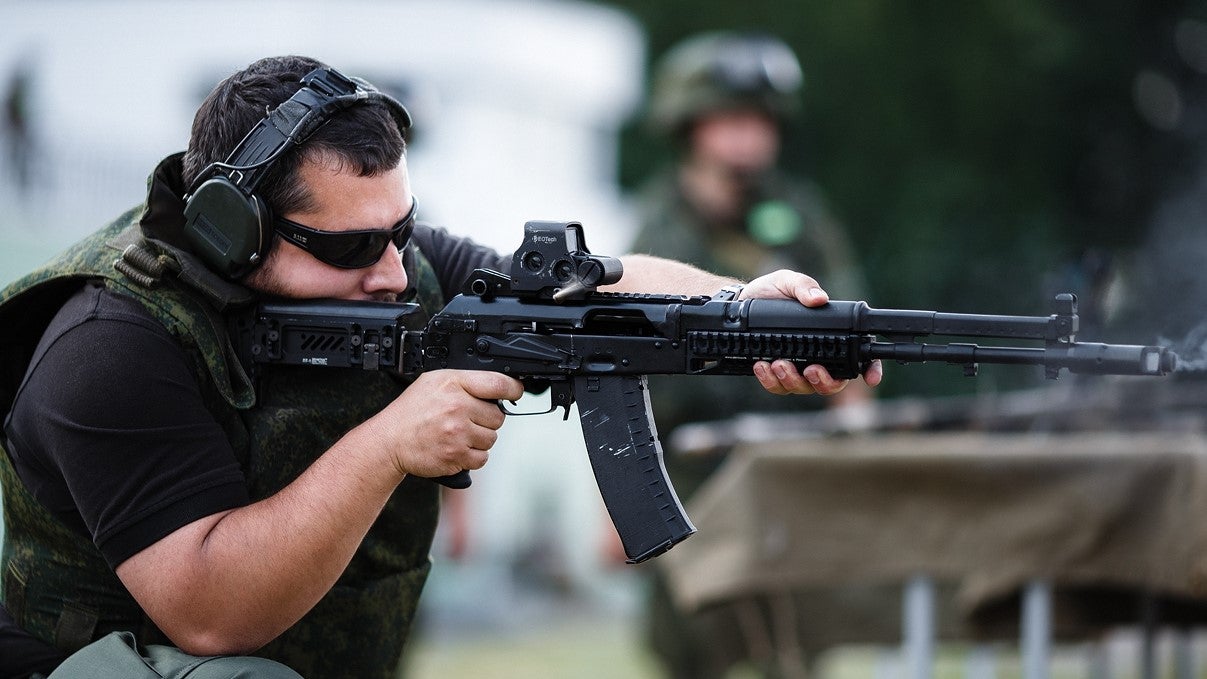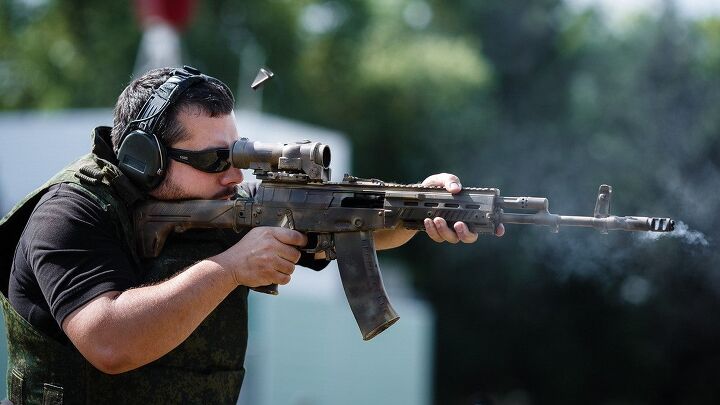In the last 75 years, dozens of different Kalashnikov variants were developed all over the globe. At least 32 countries produced various AK rifles, hundreds of engineers tried to improve them. But, in all these years, not a single new variation of an AK has received as much attention from the media as the AK-12 assault rifle.
In the past, the development and trials of a new service rifle were discussed only in a narrow circle of professionals – primarily among weapon design engineers and military officers. But the rise of social media led to the fact that the AK-12 became the subject of discussion and the focus of many publications a long time before being put into service, and not only in Russia.
French special forces, Indonesian policemen, Arab princes, and Vietnamese students – all of them, coming to the Kalashnikov booth at international defense exhibitions, began their conversation with me with the same question: “Hello! How is the development of the AK-12 going?”. Even before the end of the trials, the new rifle appeared in numerous video games and documentaries.

AK-12 in Call of Duty, years before it was officially accepted into service
The history of AK-12 was anything but simple and straightforward, with numerous prototypes and sudden changes in design that raised a lot of questions over the years. This article is intended to answer some of the questions and add some information from a personal perspective since I was directly involved in trials of this rifle. But let’s start from the beginning.
The History of “Ratnik” Program
Both AK-12 (chambered in 5.45×39) and AK-15 (chambered in 7.62×39) were developed as a part of the “Ratnik” program. Now, 10 years after, it is difficult to grasp just how important that program was for the Russian military. At the time, the Russian army was probably at least 50 years behind the first-world militaries in terms of uniforms and gear.
“Ratnik” program replaced WW2 era load-bearing belts and straps with MOLLE gear, steel plates and bulky body armor with modern plate carriers and ceramic plates, and WW2 era wool padded jackets with multi-layer clothing system.

One of the first “Ratnik” gear demonstrations.
While advancements in gear in the last 30 years were pretty substantial, advancements in firearms design are quite modest. Most countries simply regurgitate AR-15, AR-18, and AK design features without coming up with anything new. The real advancement in the firearms industry happened with the sighting systems – reflex sights, night vision and thermal imaging equipment, IR-lasers, and variable power optics.
Within the “Ratnik” program, among other things, a new sighting system called DPNK was accepted into service. It includes the 1P87 red dot sight, night vision monocular 1PN138, magnifier called 1P90, and a 1K241 laser. Essentially, the rifles in the “Ratnik” program were never the first priority. The military simply wanted a rifle that would be compatible with modern sights and be more adaptable and ergonomic.
The first assault rifle submitted to the “Ratnik” trials was the AK-107, a balanced recoil AK variant, made internationally famous by Larry Vickers. Based on the traditional AK, AK-107 was developed in the late 90s as another attempt to utilize a balanced recoil system that significantly reduces recoil. This rifle was never officially adopted by anyone and was primarily used at live-fire demonstrations throughout the years.

Author shooting AK-107 in 2014. Perhaps that was the last public demonstration of the rifle. Photo by: Vadim Veedoff
But the AK-107 failed in the trials. The massive recoil from the GP-25 underbarrel grenade launcher was too much to handle for the balanced recoil system, the gears and rods would stop dead in their tracks because of the recoil impulse. Consequently, AK-107 was quickly removed from the trials and the time of the AK-12 has come.
The first prototype of AK-12
With AK-107 leaving the trials, the factory had to come up with a new design as soon as possible. The new chief weapon design engineer Vladimir Zlobin had a chance of a lifetime to replace the main service rifle of the entire Russian military and succeed the Kalashnikov.
The first prototype was ready within a few months, some junior designers who worked on it even called it AK-11, since the design work started before 2012, but that name never became official. No one before published any detailed information about this prototype, so let’s dive in.

The first prototype of the AK-12, right side.
First of all, all early AK-12s have a receiver that is significantly different from a normal AK. The receiver cover on the first prototype is hinged, like on AKS-74U, and has a Picatinny rail. The sight radius is increased compared to the standard AK, the rear sight is all the way back on the receiver cover.

The first prototype of the AK-12, disassembled.
The selector is ambidextrous, behind the selector there is a mysterious lever that had many experts guessing what exactly it does. Turns out this lever is used to field strip the gun. It actually works like a detachable takedown pin on G36 – you push it out and disassemble the gun, only, unlike G36, there is no place to store it.
The charging handle is reversible and swivels right or left around the bolt carrier. The folding stock has a cheek riser that is not present in later prototypes. The mag release is identical to a normal AK, there is no bolt stop of any kind.

The first prototype of the AK-12, left side.
Since this rifle was developed hastily, there was barely any time for testing and troubleshooting. During the trials, the receiver bent after a drop test, the charging handle broke off, recoil mechanism failed. Problems like that are typical for any new design, the real question is always the same – can designers address those failure points and make the gun work before the trials will end?
After the first round of testing, AK-12 was significantly redesigned. In 2013, the second prototype was ready, and it had a different stock, receiver cover, bolt stop, and magazine release. In 2014, it went for the second round of testing.

Author, shooting the second prototype of the AK-12. Photo by: Vadim Veedoff
It just so happened that from that point in time I was directly involved in the trials of AK-12, as well as countless live-fire demos with the same guns. Around 2016, I tried to estimate how many rounds I fired through different AK-12 prototypes and stopped counting at around 14000.
In the second part of this article, I will talk about my experience with the second and third prototypes of the AK-12 and the unexpected turn of events after the trials ended.
 Your Privacy Choices
Your Privacy Choices
